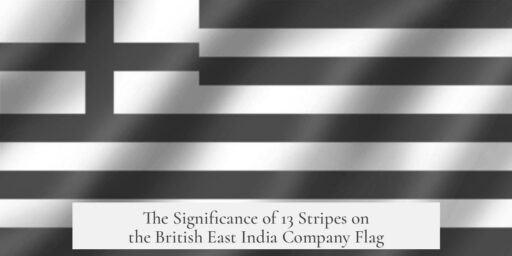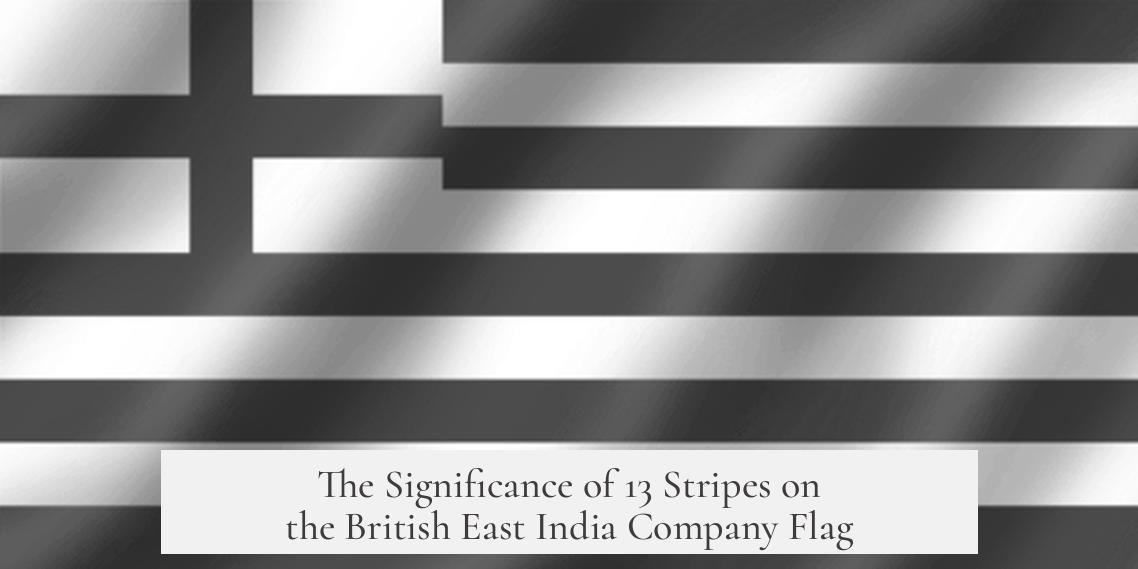The 13 stripes on the flag of the British East India Company do not have a definitive explanation, as the number of stripes varied significantly and their precise meaning remains unknown. Historical records show that the number of stripes on the Company’s flags was inconsistent, typically ranging between 9 and 13 stripes, but sometimes as few as 7 or as many as 19. This variation suggests there was no fixed rule for how many stripes the flag should display.
The stripes alternated red and white, yet no surviving documents clarify their intended symbolism. This lack of explanation is compounded by sparse contemporary sources from the early years of the East India Company. Charles Fawcett, in his detailed 1937 study, highlights this gap in knowledge, stating the purpose of the stripes is unclear due to limited archival evidence.
Some historians and naval experts have noted a possible but uncertain connection between the East India Company’s striped flag and the American Stars and Stripes flag. However, this link remains speculative and unresolved. Antony Wild and Jean Sutton, both authorities on the Company’s maritime history, discuss the flag in broader contexts but do not confirm any particular significance for the exact number of stripes.
In essence, the 13 stripes on some East India Company flags likely reflect the flexible design practices of the period or represent a practical rather than symbolic choice. The flag’s stripes probably served to distinguish the Company’s vessels visually without carrying a specific coded meaning, unlike national flags.
| Aspect | Details |
|---|---|
| Stripe Count Variation | Ranges from 7 to 19 stripes; mostly 9, 11, or 13 stripes |
| Stripe Colors | Alternating red and white stripes |
| Known Purpose | No definitive explanation due to limited sources |
| Possible Connections | Uncertain link to American Stars and Stripes flag |
- The number of stripes on the East India Company flag was not fixed.
- Historical sources do not explain the reason for 13 stripes.
- The flag’s stripes helped distinguish Company ships visually.
- Some speculate on a connection to the US flag, but it remains uncertain.
Why Were There 13 Stripes on the Flag of the British East India Company?
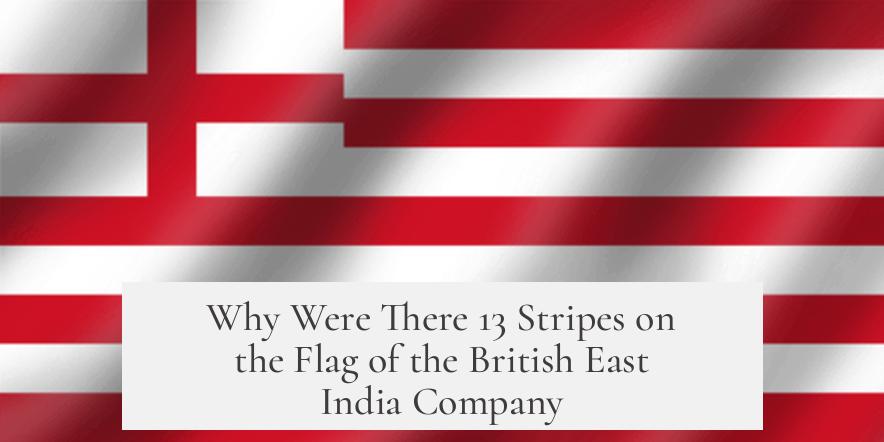
The 13 stripes on the flag of the British East India Company (EIC) are a historical puzzle rather than a clear symbol carved in stone. In fact, the number of stripes varied, often ranging between 9 and 13 stripes, with some rare examples showing as few as 7 or as many as 19. No definite purpose behind these stripes has been documented, leaving historians scratching their heads over their true meaning.
Let’s unpack this mystery and explore the fascinating background of the East India Company’s striped flag—the emblem that flew on the high seas during an era of global trade and colonial expansion.
The Evolution of the East India Company’s Flag
The flag of the East India Company generally displayed horizontally aligned red and white stripes. In the upper left corner, known as the canton, the flag bore the flag of England—the iconic St. George’s Cross—or later the British Union Flag after 1707 when England and Scotland united.
This design wasn’t pulled from thin air. It visually linked the Company’s vessels to the nation they represented, while the stripes added a distinct pattern. However, exactly how many stripes should appear? That’s where it gets interesting.
The Stripes: A Flexible Canvas
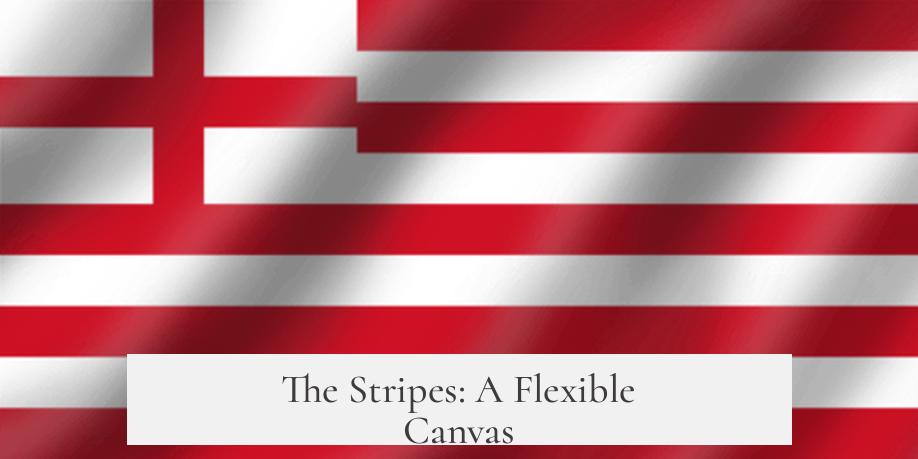
The exact number of stripes on the East India Company’s flag was never fixed. Historical evidence primarily comes from contemporary paintings of the Company’s ships, known as East Indiamen, which show an inconsistent number of stripes.
- Some flags had 9 stripes.
- Others showed 11 or 13 stripes.
- Oddly, some depicted 7 or even 19 stripes too.
This inconsistency means that the Company never issued a strict, standardized rule on how the flag should look. Ships flying under the same banner might have sported different stripe counts, making the exact symbolism or intention hard to pin down.
Why 13? The Curious Case of the Stripe Count
The number 13 might leap out at any American history buff, instantly recalling the 13 original colonies in the United States’ Stars and Stripes. Was the East India Company’s flag a template, a “flag ancestor” inspiring the US flag’s stripes? Some historians argue so, but the connection remains uncertain and somewhat speculative.
Charles Fawcett’s seminal 1937 article, The Striped Flag of the East India Company, and its Connexion with the American Stars and Stripes, explores this intriguing link. Yet, he concludes that we DO NOT KNOW what the original purpose of these stripes was. The mystery holds partly because detailed records or explanations from the Company’s early years are missing.
Naval historians like Jean Sutton and Antony Wild have also weighed in, acknowledging the enigma. Sutton’s book Lords of the East and Wild’s The East India Company. Trade and conquest from 1600 both provide rich historical contexts of the Company and its ships but leave the stripes’ exact symbolism open to interpretation.
Theories and Historical Context
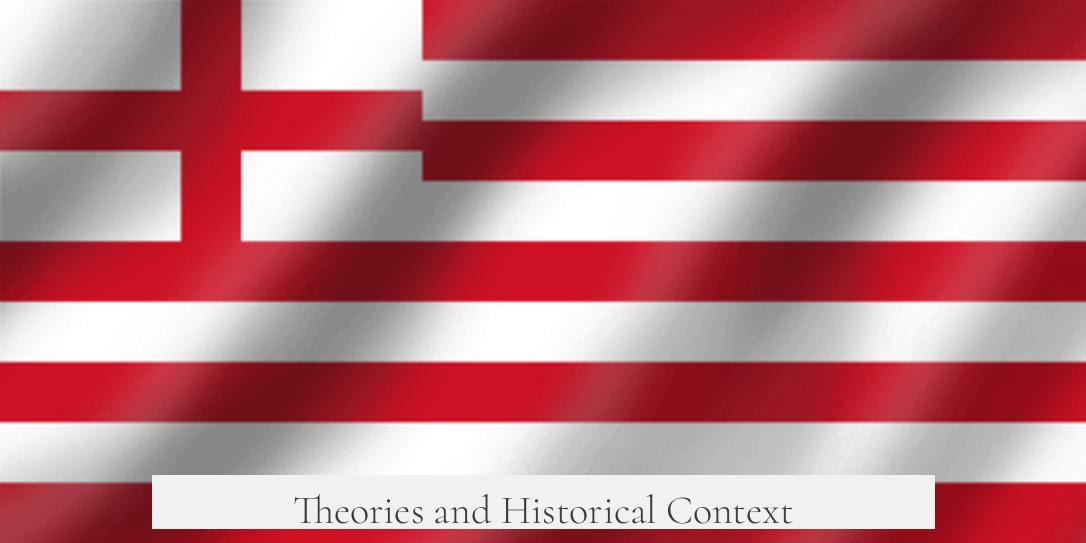
The lack of direct evidence means that the stripes could have served practical or aesthetic purposes. Perhaps they made Company ships instantly recognizable on the oceans, helping to avoid confusion during navigation or signaling allegiance during conflicts.
Alternatively, the stripes might have been a design borrowed from earlier maritime traditions, with no set numerical meaning at all. It’s plausible the flag evolved through trial and error and local adaptations rather than following a strict design manual.
Whatever the truth, the stripes added prestige and distinctiveness to the Company’s flag. After all, it was a powerful symbol representing one of the most influential commercial empires in world history—one that wielded military and economic power across Asia for nearly three centuries.
Practical Takeaways for Flag Enthusiasts and Historians
- Don’t expect neat answers: The East India Company’s flag shows the reality of historical investigation—some facts simply get lost in time.
- Look at art and artifacts: Contemporary paintings are a vital source for understanding historical flags—take a look at East Indiamen art to see the variations yourself.
- Remember the mystery: Embracing uncertainty can be exciting. The 13 stripes might just be a quirk of history rather than a hidden code.
- Think about influence: The flag’s design likely inspired later symbols, like the American flag, but direct lineage remains an open question.
The Flag’s Legacy in an Age of Global Trade
The British East India Company’s striped flag, with its changing number of red and white bands, stands as a fascinating emblem of an age when flags were crucial identifiers on the seas. In crowded harbors and perilous voyages, a ship’s flag was its business card and a statement of allegiance and power.
Though the stripes’ exact significance remains a mystery, their striking visual impact influenced maritime tradition and perhaps even future flags. The flag tells a story—not just of trade and conquest, but of how visual symbols evolve and sometimes keep their secrets.
Next time you see a flag with stripes, you might just think about those 13 persistent bands on the East India Company flag, silently asking: “What story am I really telling?”
